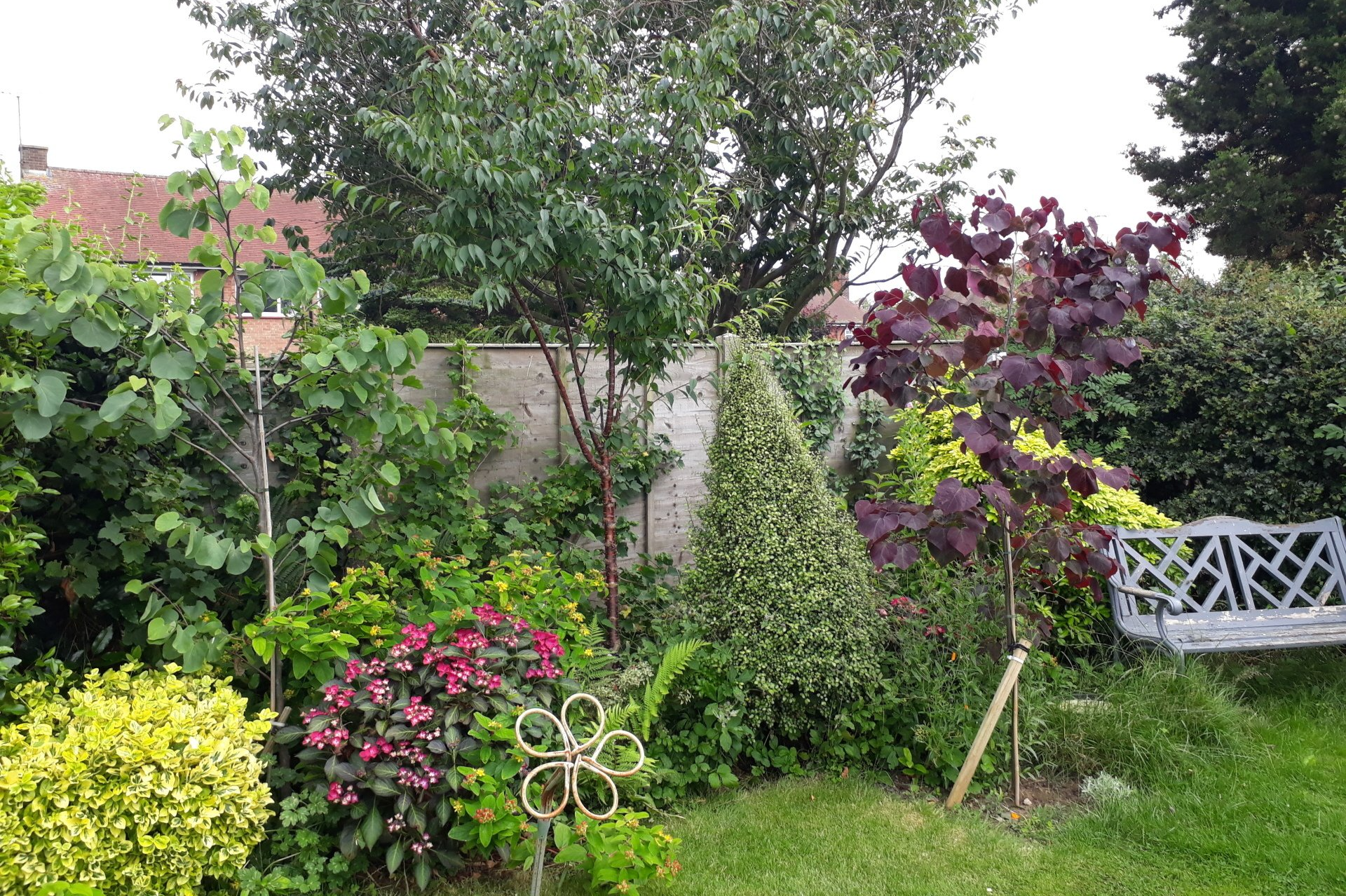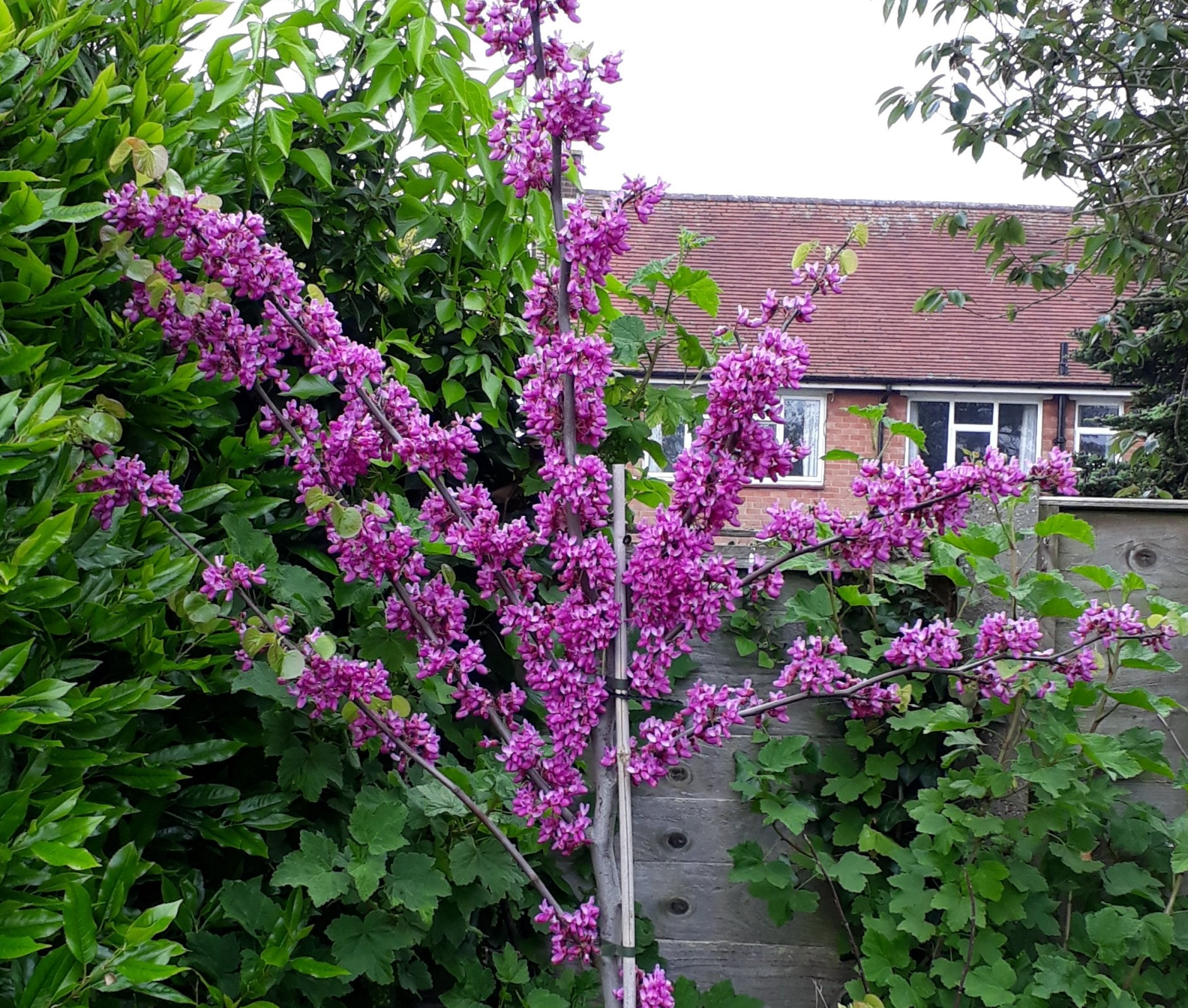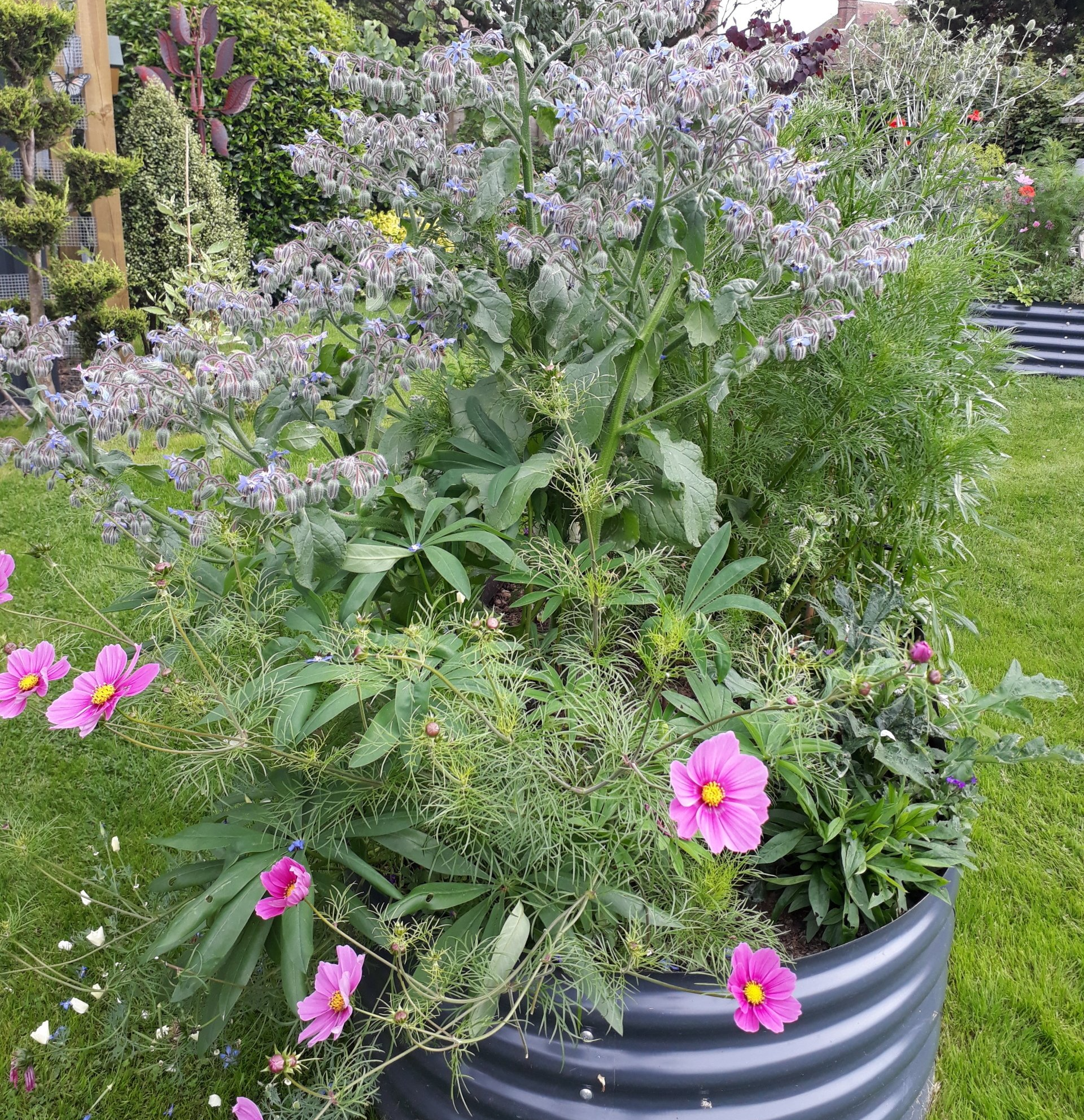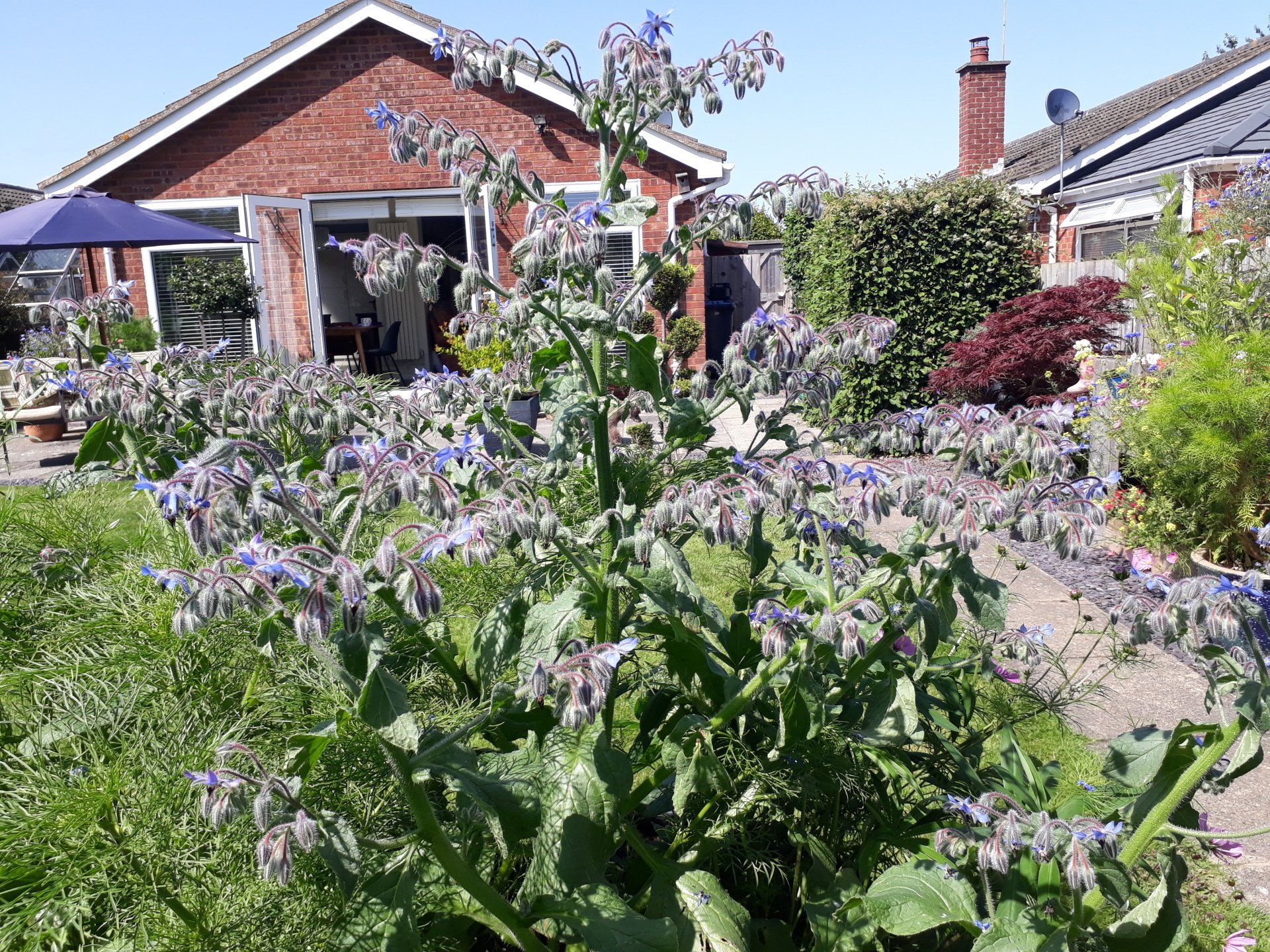Felixstowe Community Nature Reserve - Notes From a Garden
Sue McNally describes herself as a lazy gardener with a deep love for the natural world. Her garden, which makes up part of the Felixstowe Community Nature Reserve, is a haven for wildlife. Here she explains just how easy it can be to get involved.
Just today I learned about about Nature Deficit Disorder. Whilst it is yet to be officially recognised, preliminary research shows that a lack of contact with nature has negative effects on children’s mental well-being.
As an adult I feel I must have Nature Decimation Disorder. My mental health is affected by the destruction of nature everywhere I look. This hit me when my children were young, and so 30 years ago I gave trees to the schools my boys attended. Many have added to these trees and now we have some lovely wildlife areas across Felixtowe. We used to attend forest days planting trees and would join like minded people planting native hedges.
More recently we have re-wilded our small garden, because I feel acutely that we need to make much more space for nature within our towns and cities. This also fed my inner lazy gardener who didn’t like spending money on plants which would subsequently die. We let nature do the hard work and it has paid us back, a thousand fold.

We enter the garden through a gate with a small hole at the bottom labelled, for any literate hedgehog passing by, ‘hedgehog highway’. Another hole in the fence leads to next door’s garden for any lovely creature who fancies a wander and can fit through.
Moving down the garden, we then walk past the wormery and on to the to the raised pond where my husband has built a frog ladder, and yes they do use it. The pond also has a raised area used for sedum. We often get dragon fly and other less beautiful but equally wonderful critters popping by. Under the hedge we have half an old barrel, hopefully used by little souls for refuge and sleeping.
Another lower pond is full of water loving plants and often frequented by several frogs, and its full of snails and other lovely animals. There are bug houses, low bird baths, the new pear tree along, along with raised beds full of pollinator plants. We then get to a rather ugly tin shed but it is being transformed. My husband built a wooden frame round it and we now have clematis and passion fruit plants doing their bit growing nesting material and areas for birds.

Along the back fence the garden is allowed to do its own thing with the help of four new trees, gosh, if only I could remember the name of them. All native and great for wildlife, I did do my research. Turn the corner at a pile of old wood onto the right hand boundary which is all native hedge interspersed with a really huge buddleia and another evergreen bush the birds love to hang out in. Behind this hedge is an old wire fence, we occasionally have a badger who pops in through the large hole. The hedge is now around 5 years old and is really coming into its own. The birds love it. Under the hedge are planted native daffodils and snowdrops.
My husband, unfortunately enjoys cutting the grass but I convinced him to leave about a quarter of it unmown and we planted 50 wild meadow plug plants last year in amongst it. We lost a few, we think birds pulled them up, but a nice number are thriving. Wild flower seeds have also taken off. Within this area we have several bird feeders frequented by many different species everyday.
Last year, during lockdown, wanting to create more habitat for birds, bees and butterflies my husband put two great big raised beds on his beloved grass. These filled themselves very quickly with wild flowers from seeds. It was magical and so, so easy! Okay, my husband did fill them with three tons of soil and mushroom compost first. But next year, so easy.

Another lockdown purchase, a second hand green house. In here I have grown so many plants, so cheaply from seeds either purchased or given to me. These have then been shared with local schools and residents to pad out their gardens.
Our buddleia produces lots of babies which I pot up and pass on to schools and other residents. An easy plant to grow and will not disappoint on the butterfly front and birds love to feed from when the flowers die back. At the rear of our garden there is an ash tree. This too loves to leave baby ash trees all over our garden, again, they are potted up and passed on to anybody who will take them. Local schools have taken about six.
For Christmas my son bought us bee bombs. These were thrown onto verges and some bags were left outside houses of people who obviously loved wildlife and had planted lots of wildlife friendly plants in their garden already. They could either use them in their own garden or spread about.

The Felixstowe Community Nature Reserve has helped me link with like minded people and made me feel part of a collective doing lots of good rather feeling I wasn’t achieving much on my own. I purchased 2kg of wild flower seed and via their Facebook page local residents were offered free packets of seeds if they contacted us. I then packaged them up and delivered them out across the area to anybody who would give them some soil.
So I am no gardener, I don’t know the names of plants, I am lazy and l like things to be free or very cheap. Wildlife gardening means you don’t have to be a gardener, nature does it. As long as wildlife loves the plants it doesn’t matter what they are called and nature does it for free if you let her. Go on, go wild, you know you want to and the benefits are huge. Honestly, with you helping nature can fight back. I never thought in such a short space of time the difference our little patch of green would make, both to the local wildlife and my well being.
WildEast Blog

Powered by LocaliQ
Follow Us
SIGN UP FOR NEWS & UPDATES
Newsletter Sign Up
Thank you for signing up to our newsletter.
Please try again later.
Privacy / Terms & Conditions / Sitemap
